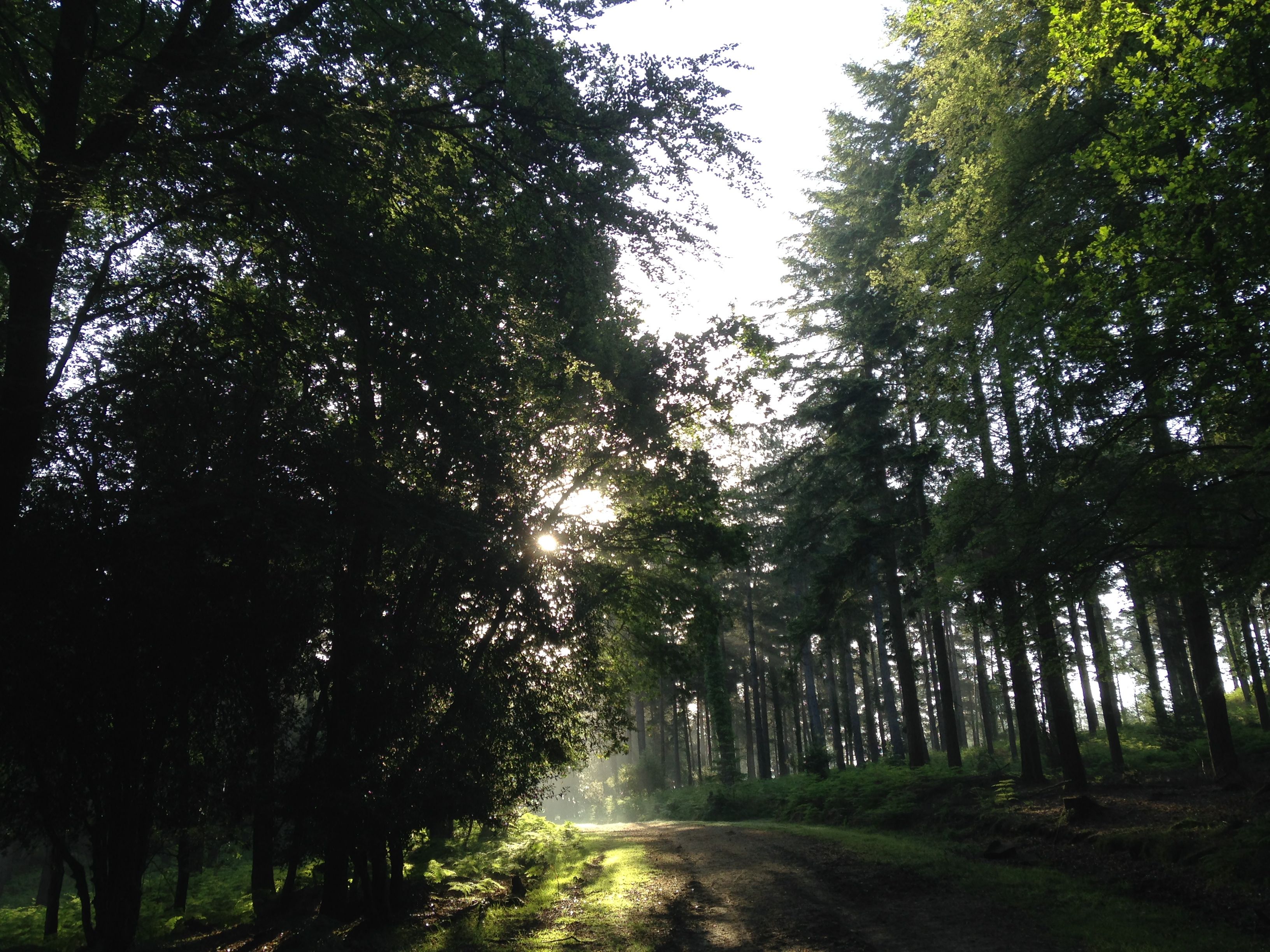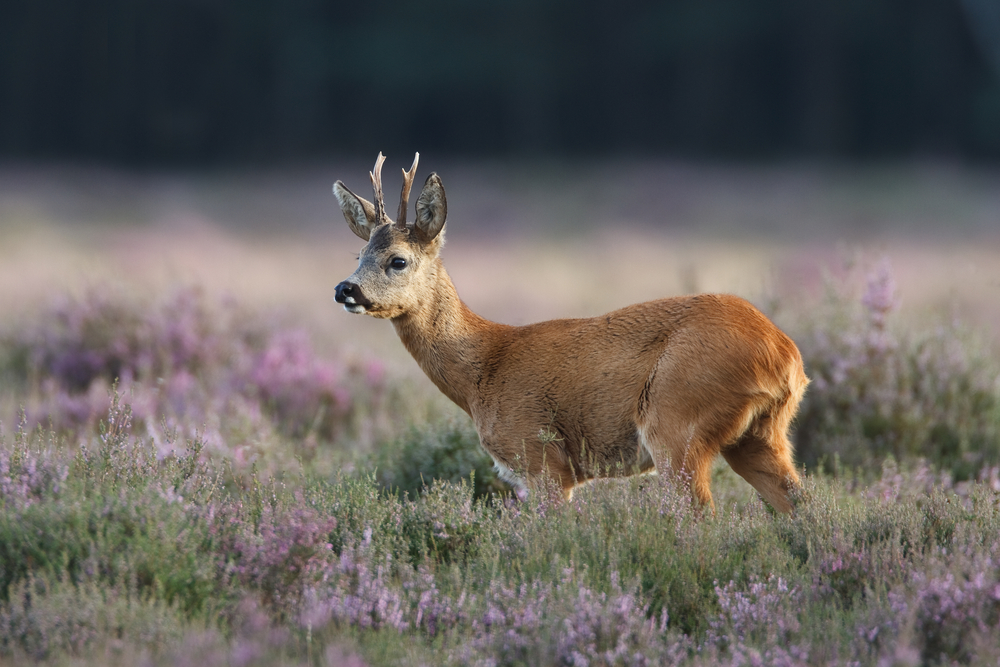
The New Forest has 13.5 million day visits each year from people who come to experience the benefits of nature.
Many of the millions of visitors who come to the New Forest each year do so to experience its tranquil beauty and the stimulus of nature upon their senses. The hectic pace of modern life leaves us needing to experience the restorative effects of the countryside upon our mental, physical and emotional health. Many studies have even confirmed that regular interaction with the natural environment has such a positive influence on our general well being that its has even been referred to as the ‘Natural Health Service’. Elements in nature that contribute to health and wellbeing include fresh air, natural light and sunshine, open spaces, long views, landscapes, a variety of plant and animal species, and different types of environments. All of which the New Forest has in abundance.
Growing pressure on the New Forest
The New Forest is the nations smallest National Park and yet is surrounded by the most densely populated areas. It is estimated that more than 15 million people live within a 90-minute drive of the area. This number is set to increase steadily over the next 20 years as a result of further housing development in the south of England. The pressure to provide opportunities for leisure and recreation within the New Forest is immense and growing. Housing developments in the vicinity seem to lack any meaningful provision for dog walkers, cyclists, joggers or runners, for example, because of the easy accessibility of the Forest. There will come a time when we will realise that the inclusion of nature, including wildlife, and provisions for recreation and leisure should be an intrinsic element of our neighbourhoods and not a separate destination. In an ideal world there would be more allotments, parks, civic gardens and community green spaces for people to enjoy.
Working Forest
As well as being an escape from the pressures of modern life the New Forest is a place where ancient agrarian practices are continued. It is a working Forest where commoners, who own the free-roaming animals, carry on a way of life that has been observed for over a 1,000 years. Their animals, the ponies and cattle, are generally agreed to be responsible for sculpting the landscape with their grazing and browsing activities and thus maintain the balance of habitats on the Forest, which are exploited by the wildlife. The New Forest provides essential habitat and sanctuary for many species, including rare insects, amphibians, mammals and plants. As a consequence many parts of the New Forest are designated as Sites of Special Scientific Interest (SSSI), Special Protected Areas (SPA), Special Areas of Conservation (SAC), National Nature Reserves (NNR) and Ramsar sites, denoting wetlands of international importance. Humans, therefore, are not the only group that seek the benefits of this very special area.



You must be logged in to post a comment.